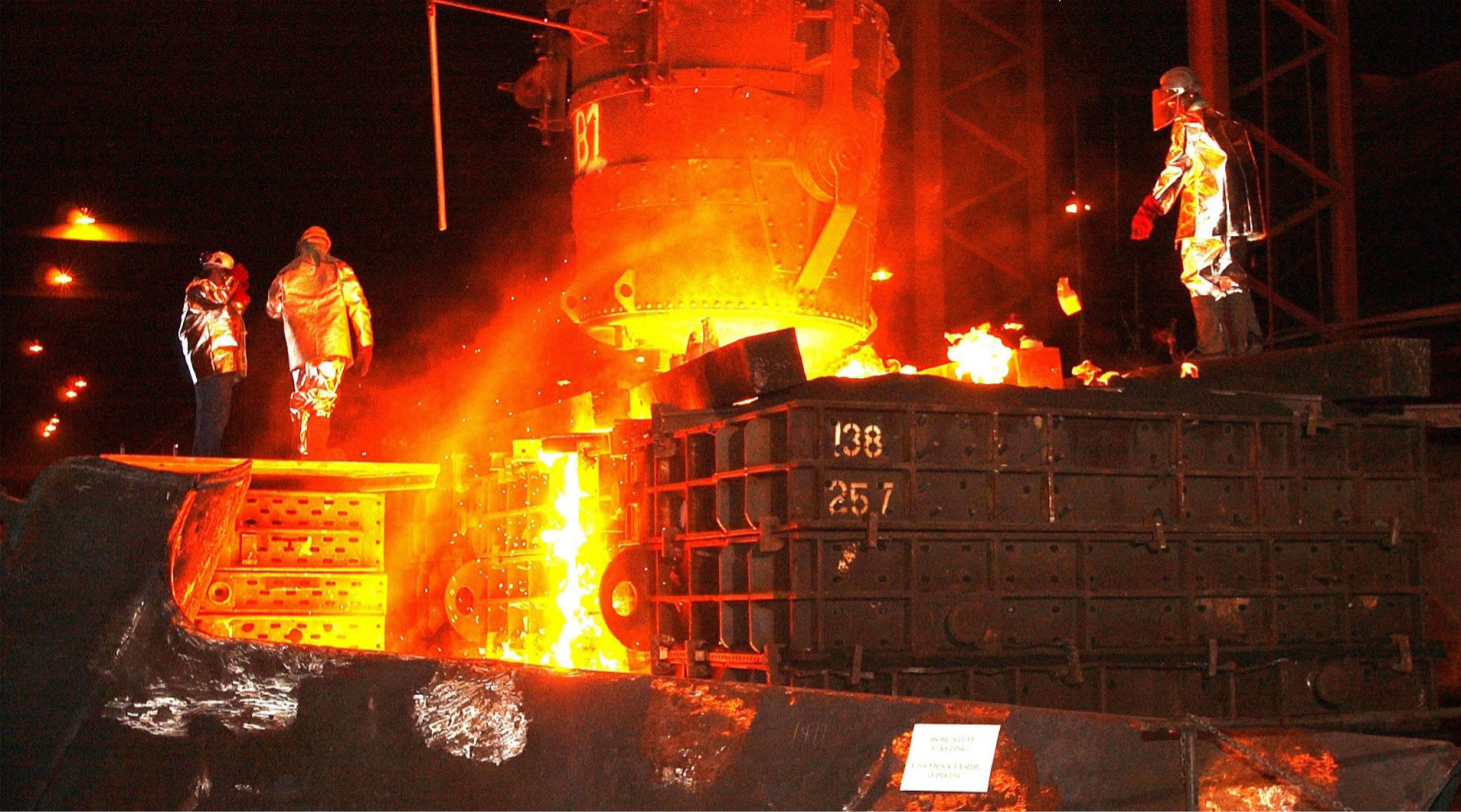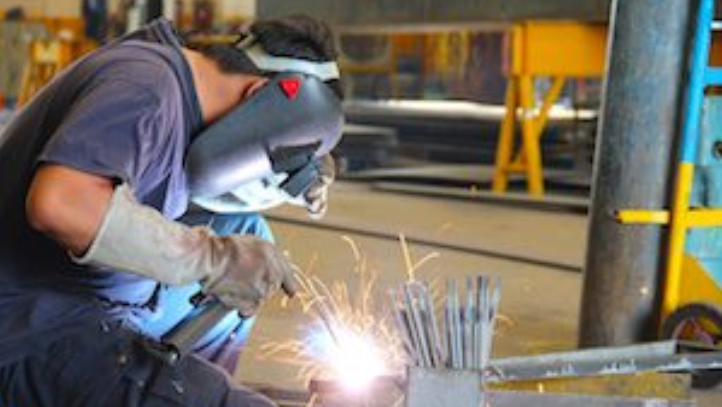This article was originally published in the South China Morning Post.
Sighs of relief could be heard in Berlin, Tokyo and Seoul when the US Administration recently delayed for 180 days its final decision on the imposition of global tariffs on automotive products, pursuant to an investigation conducted by the US Department of Commerce under so-called Section 232 national security provisions.
Most observers attributed this delay to a desire on the part of the Administration to avoid escalating tensions with key trade partners at the same time that tensions with China were hitting a boiling point.
Attempting to speculate on the precise motivations – and future intentions – of the White House is dubious at best, so when assessing the situation, focus instead on what we can be reasonably sure about today:
Impact of auto tariffs would be profound
Automotive trade is massive, so the stakes here are high. Total global automotive exports were a staggering $744.7 billion in 2018. That’s the third largest product category worldwide, trailing only crude oil and refined petroleum. The top seven automotive exporters – and those who would be hit hardest by tit-for-tat auto tariffs — are: Germany, Japan, US, Mexico, UK, Canada and Korea.
While the US-China trade impasse has been regarded as one of the most serious threats to the stability of the global trade system in decades, it has mostly involved the two chief protagonists, and the impact on third countries has mainly been collateral damage. The imposition of global automotive tariffs could actually have deeper repercussions and ultimately prove to be more disruptive, as more countries –some of the leading trading nations in the world – are drawn directly into the fray.
The disruption caused by an initial application of US automotive duties (expected to be in the range of 25 percent) would then be multiplied by retaliatory actions taken by the leading auto exporting countries. These would hit not just the US auto industry but also other sectors carefully selected to inflict maximum damage, both economic and political. So, for example, should the US move forward with auto tariffs, the already battered US farm sector (along with other vulnerable sectors) should assume the brace position.
China’s exports would be affected as well
When assessing potential impacts from automotive tariffs, the mind naturally tends to gravitate towards BMWs, Toyotas, and Hyundais. And rightly so — these companies and countries are among the major suppliers of foreign cars in the United States. But don’t forget about China. The automotive investigation includes not just finished motor vehicles, but also automotive parts. And although China does not have a robust indigenous auto industry which provides finished Chinese vehicles to the US in significant numbers, it does have one of the largest automotive parts industries in the world. In fact, China is a major cog in the global automotive supply chain and roughly 20 percent of its automotive parts exports head to the US. Global automotive tariffs therefore would also hit China hard, further complicating resolution of trade issues being negotiated bilaterally between the two largest economies in the world.
US automotive industry opposes these tariffs
Unlike the section 232 tariffs on steel and aluminum products which were widely supported by the domestic US producing industries, automotive tariffs are not supported by the domestic US industry at all. In fact, the US Motor and Equipment Manufacturers Association indicated that it was “alarmed and dismayed” by the potential tariffs and indicated that such tariffs “… will put jobs at risk, impact consumers, and trigger a reduction in US investment that could set us back decades.” Independent analysis indicates that the tariffs – if fully passed along to consumers – could cost 2 million annual automotive sales, or more than 10 percent of annual deliveries. Congressional leaders and rank and file members of both parties are also lined up in opposition to the tariffs. This would therefore be a broad protectionist measure without a discernible domestic constituency, raising further questions and potentially emboldening the response from other countries.
Tariffs as leverage for quotas
“Real” trade war yet to come?
Finally, keep in mind that given how abruptly the tone and tenor of US trade policy has shifted under the current administration, 180 days is a very long time. The global trade landscape, along with the individual bilateral trade relationships with the most impacted trade partners, could look dramatically different in 180 days. It is entirely possible that agreements to obviate the auto tariffs could be reached with key trade partners in the interim.
But one thing is clear: if the US does move forward with global automotive tariffs, the US-China trade war might eventually come to be seen as just a “warm-up act” for the “real” trade war, spawned by automotive tariffs.
© The Hinrich Foundation. See our website Terms and conditions for our copyright and reprint policy. All statements of fact and the views, conclusions and recommendations expressed in this publication are the sole responsibility of the author(s).






